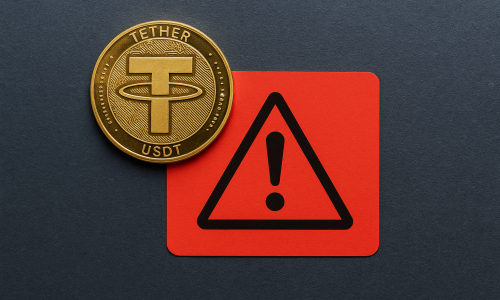One of the main reasons why cryptocurrencies continue to be attractive assets for investors has to do with their proven low correlation with stocks, ETFs, and commodities. In the absence of correlation, the bottom line is that crypto can serve as a diversification tool, but at the same time, one should understand the instability of correlations between financial assets.
Cryptocurrencies can sync with stocks
The month of March had been a great example of how cryptocurrencies could perform in line with the stock markets. Back then, both crypto and stocks slumped on fears generated by the coronavirus. Investors rushed away from volatile assets and poured money into treasuries and gold, leaving the crypto market vulnerable to downside risks. Moving forward, sync on the way up had been noticed when markets were rebounding from the lows, making it difficult for a portfolio manager to allocate capital.
A diversified asset list can perform well as long as the correlation between instruments is reduced. That means each asset balances with others and minimizes the downside while keeping a steady upside. However, when we have a high correlation, the entire portfolio becomes more volatile, resulting in higher losses or returns. A right mindset and flexibility are required to deal with the changing correlations.
Understanding crypto behavior
We’ve already seen that the cryptocurrency market goes in cycles, the same as with any other market. Along with any cycles, we could see a period of synchronization, which might lead investors into thinking that the market had changed. That may be true in the short run, but not necessarily in the long run.
The experience of the past weeks had proven that because cryptocurrencies had continued to move impulsively higher, while stocks had a weaker upside momentum. We must highlight that the crypto market is favored by crypto devaluation and as long as central banks will continue to print money, we should expect to see more upside pressure on most of the tokens.
For the time being, Bitcoin is still one of the top performers, after the 3rd halving had been implemented successfully. Now that the block reward had been cut into half, Bitcoin inflation will be lower and most of the analysts project better price performance for the next 2 years. Volatility will remain elevated and downside pressures should appear from time to time. That won’t stop the crypto market to continue on its natural course and provide new surprises for reluctant investors believing digital money has no future.



